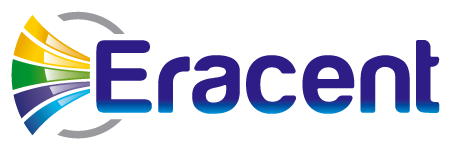Framework Management provides organizations with the ability to manage the complexities related to almost any IT program. Whether you’re adhering to an industry standard framework, best practices and regulations or defining your own processes, the Framework Management functionality in the ClearArmor ICSP system ensures that you won’t miss anything that could impact the effectiveness of your program. The primary areas that are included for management and reporting metrics include:
- Framework Management
- Controls Management
- Policies Management
- Ownership Assignment
- Audit Management
- Governance built into the entire process
Align and Manage Your Best Practice Frameworks to Maximize Results
In the business world, a framework represents the individual guidelines, policies, and procedures a company implements to enhance and improve its overall business operations.
Many organizations have adopted and implemented frameworks around various business functions. Most frameworks provide broad, high-level guidance on areas that should be included in a program, as well as some best practice advice.
Frameworks have been established for many IT disciplines including Cyber and Network Security, IT Asset Management (ITAM), Software Asset Management (SAM) and IT Service Management (ITSM). Some common frameworks include:
- ISO 19770-1 and IAITAM IBPL (Best Practices Library)
- ITIL and COBIT
- NIST’s Cyber Security Framework (CSF) and Risk Management Framework (RMF)
- GDPR and Health Insurance Portability and Privacy Act (HIPAA)
There are numerous benefits to using frameworks, especially when creating a program from scratch. Those who adopt them are able to re-use the collective experience of organizations that have previously implemented successful programs. The framework helps establish controls and ensures that all key areas are covered and nothing critical is overlooked. The end goal is to increase efficiency and improve business outcomes.
It’s not uncommon for an organizational team to select and apply elements from multiple frameworks to a single program or initiative. Most teams also have “homegrown” processes that continue to work well for them which are often incorporated into the mix.
However, there are some common challenges and failure points around adopting and implementing frameworks. These include:
- Managing the hierarchy of elements within a framework, from overarching controls to policies to the tactical processes and steps within a practice
- The successful integration of key business functions such as IT Asset Management, Risk Management, Data Mapping, and many more
- Issues around accountability and responsibility, where there’s a disconnect between what needs to be done, who does it, and how it is measured
- The definition and establishment of measurement mechanisms for all systems and data involved
- The prioritization of activities
Framework Management Tools
So how do you avoid these potential pitfalls? And how do you keep track of which elements you’re using from which frameworks? A Framework Management tool provides structure and a repeatable methodology to ensure that your program is actually leveraging the guidelines provided by the framework(s). With detailed metrics about a broad range of topics, you’ll have the visibility needed to identify potential gaps, make ongoing improvements and demonstrate progress and the value of your program and daily activities to executive leadership.
To learn more, download the “Elevate Your ITAM Program by Aligning and Managing Best Practice Frameworks” white paper.





